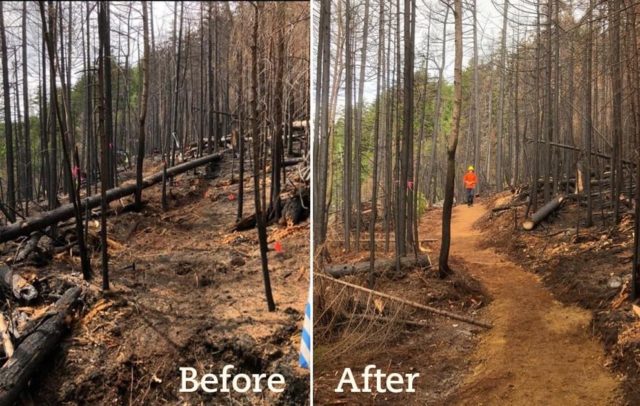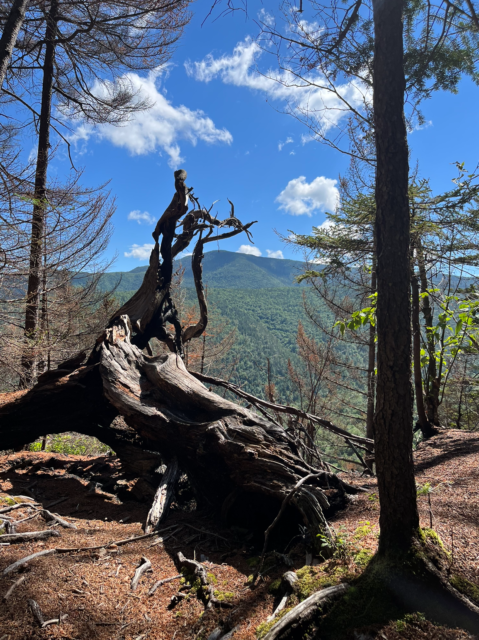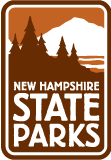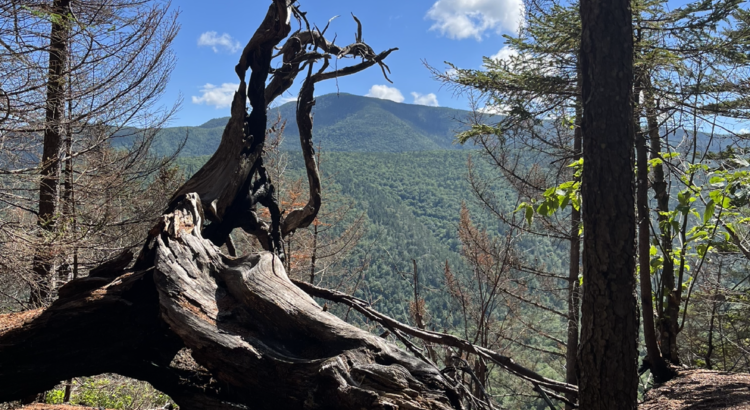Krystal Daniele SCA New Hampshire Corps- Discover the Power of Parks Interpretive Ranger
Did you know that over 80% of all forest fires in the U.S are caused by humans? This proved to be evident earlier this year at Crawford Notch State Park. On May 9th, 2022, a blaze was set on the Bemis trail in Crawford Notch. After 14 long days, the fire was finally extinguished. The outcome was 106 acres of devastated forest. This resulted in trail closures and habit loss. However, all hope is not lost. With much appreciated help from the Student Conservation Association Trail Crews, the trails were reopened on June 19th, 2022. Nature started to reemerge and pioneer species are thriving. There are ways that we can do our part to protect the forests from disasters such as this.

Only you
When participating in outdoor recreation, it is important to follow fire safety guidelines. If followed correctly, it will minimize fire impact. An important skill to know is how to properly put out a fire. The first step is to let your fire burn out if possible. Next, you need to drown the coals with water. If you do not have access to water, putting dirt over the hot coals will work. You will want to do this until any hissing sounds coming from the coals have stopped. Stir the coals around and continue adding water or dirt until the coals are completely cool. You should be able to touch the coals with your hand. If you can’t, then the ashes are still too hot and you need to continue adding water or dirt. There are other ways people may cause forest fires. If you are smoking, make sure the cigarette is completely put out. Throwing a lit cigarette can easily cause a fire in the brush. The same goes for matches, make sure they are completely cooled off and extinguished. By doing these small acts we can make a big difference to prevent forest fires.
Leave No Trace in Restoration Areas
The rules of Leave No Trace are a little different in restoration areas, such as the Bemis trail. The landscape has undergone significant changes. Preparation is crucial when recreating in these regions. When planning for your hike, be sure to check for trail closures or reroutes. The trail might look different than you remember or not correlate with maps. Restoration areas are also very reactive to weather. They are more susceptible to landslides, rock slides, or falling trees. These landscapes are also more likely to fall victim to invasive plant species. With such little competition, it is easy for a invasive plant species to take over the barren area. For the complete list of principles, please follow the link provided below. https://lnt.org/wp-content/uploads/2021/05/Leave-No-Trace-Guidelines-for-Recreation-in-Restoration-Areas_Final.pdf

Thank You!
Thank you to Matt Coughlan at Recon Trails for designing the reroute, NH State Parks for adapting its priorities to work on this critical project, and the SCA NH Conservation Corps trail crew for making the trail safer after the Bemis fire. Also, thank you to the future users of the trail that have read this blog post and follow the LNT principles for recreating safely in restoration areas. Everyone’s combined efforts will help Mother Nature properly restore this beautiful area in Crawford Notch State Park.

